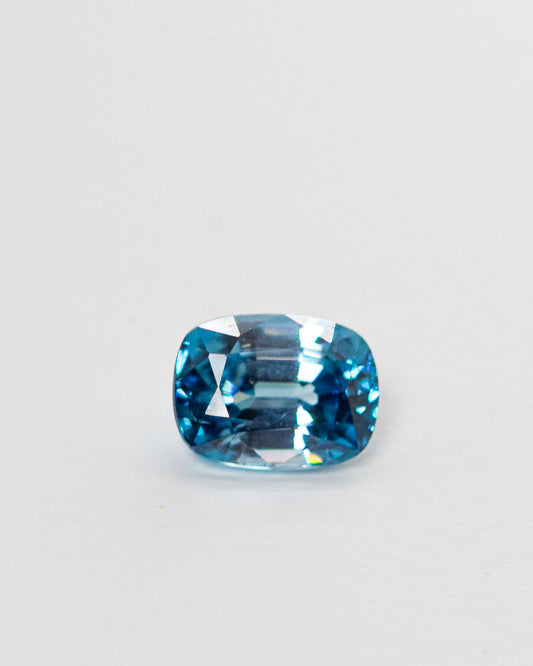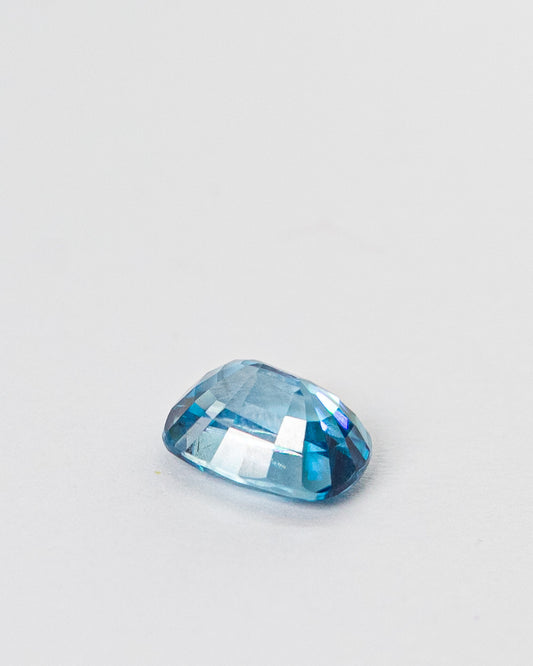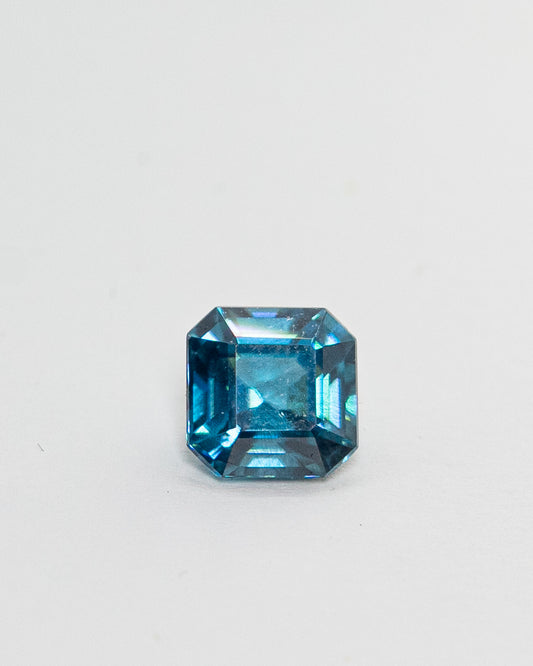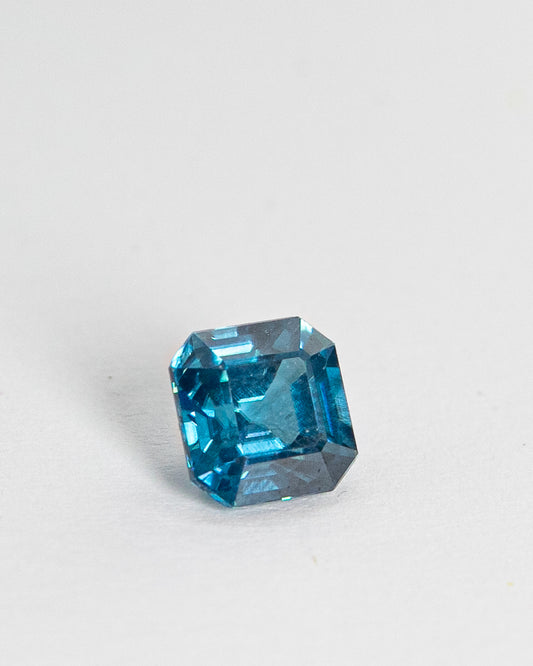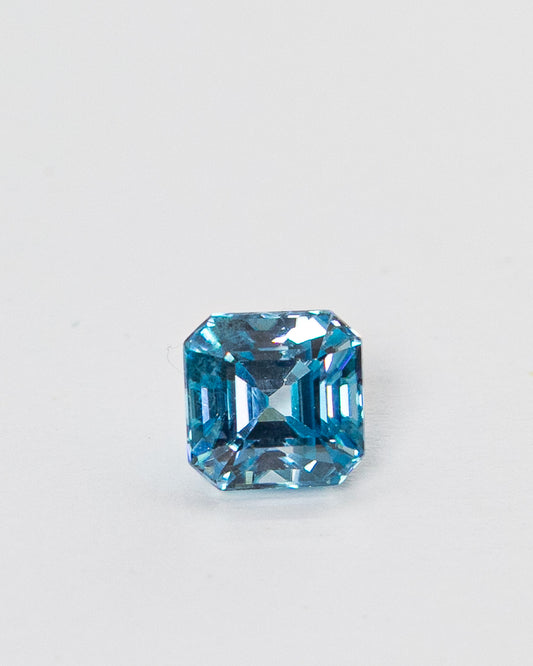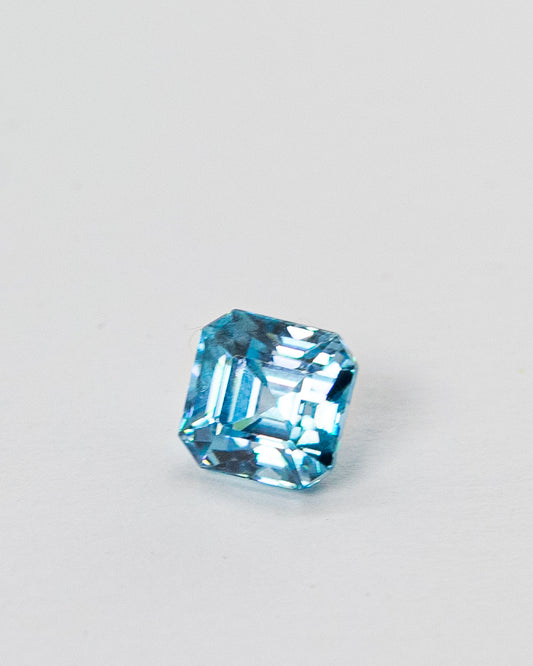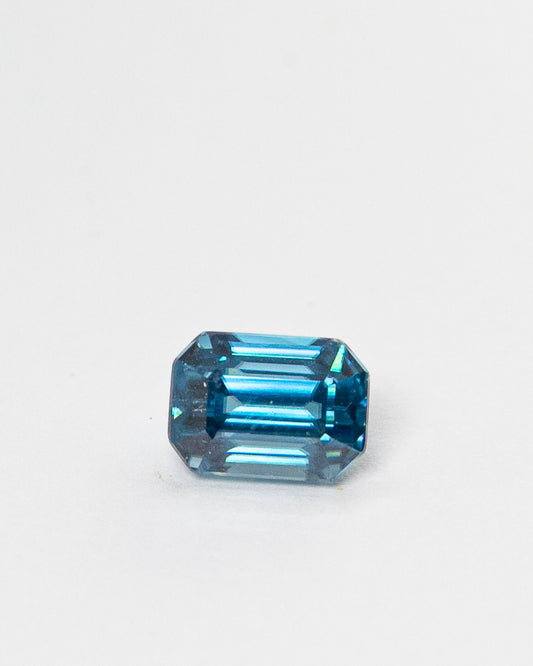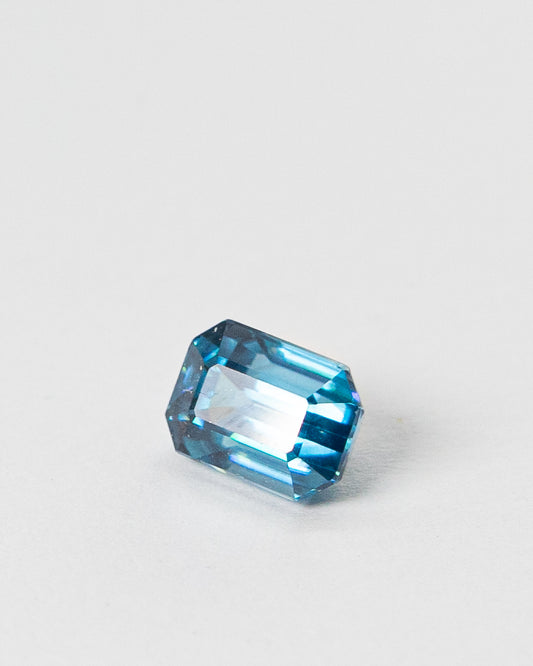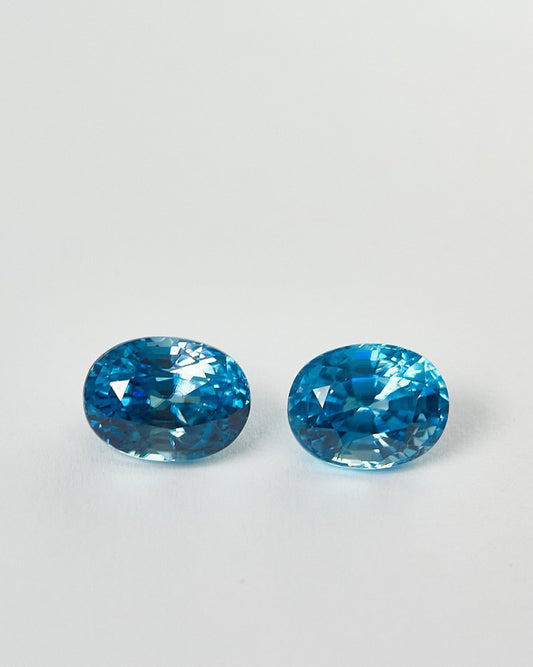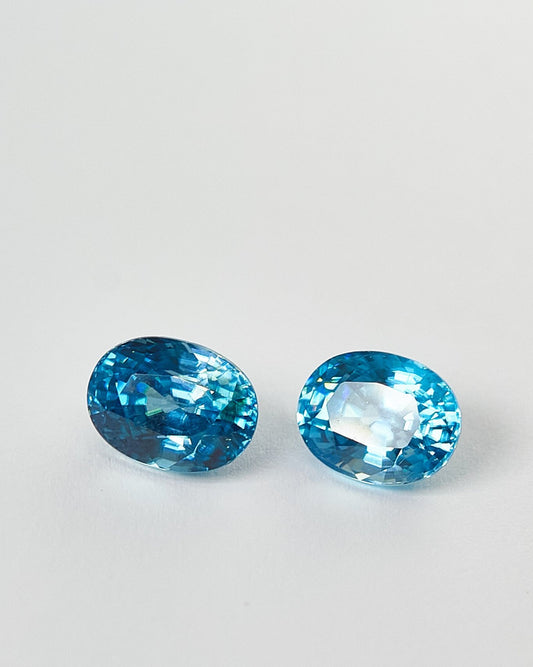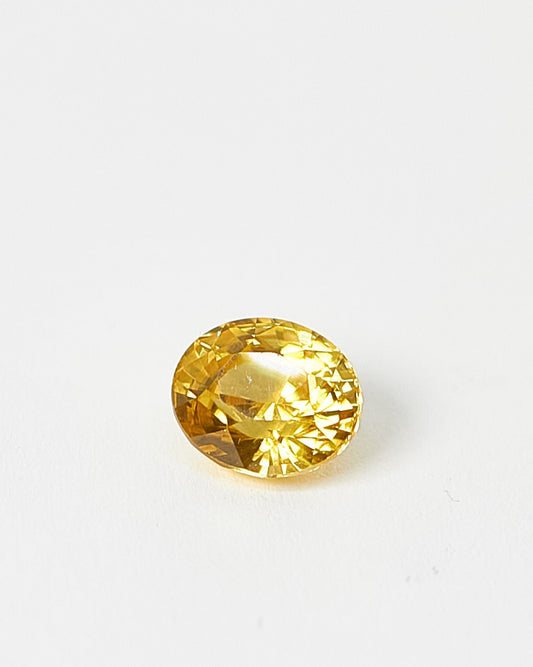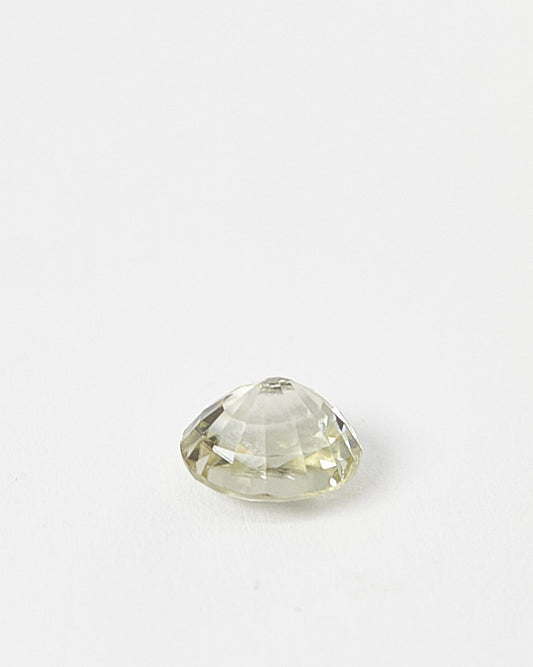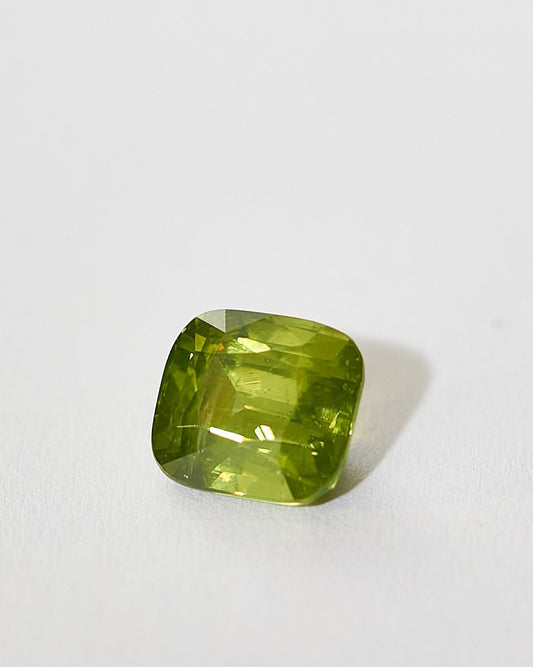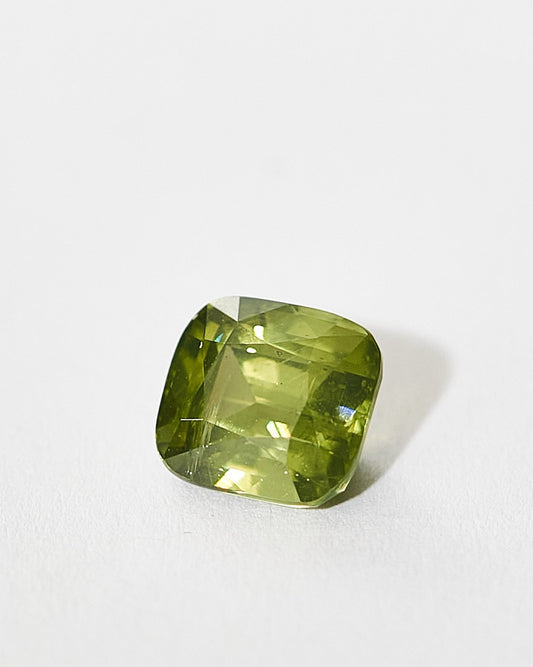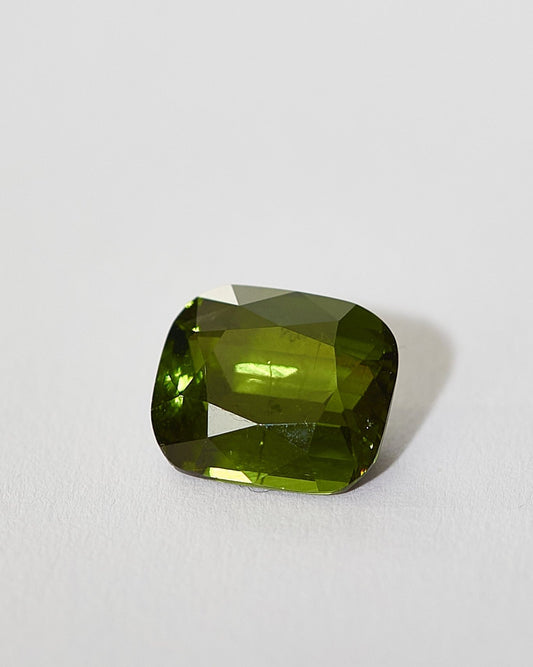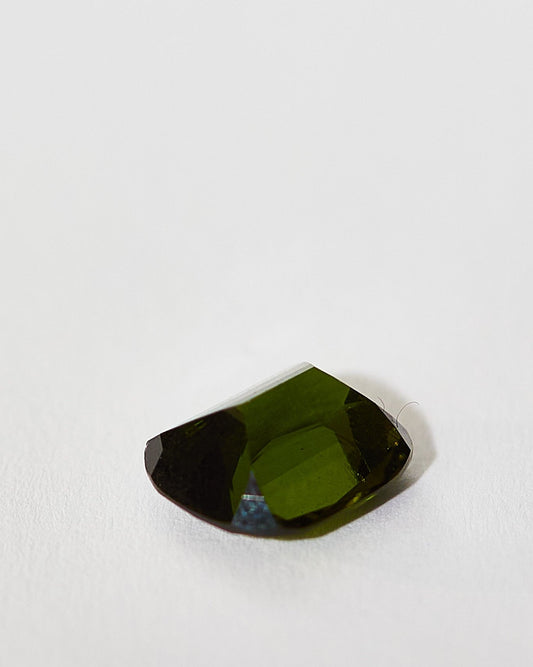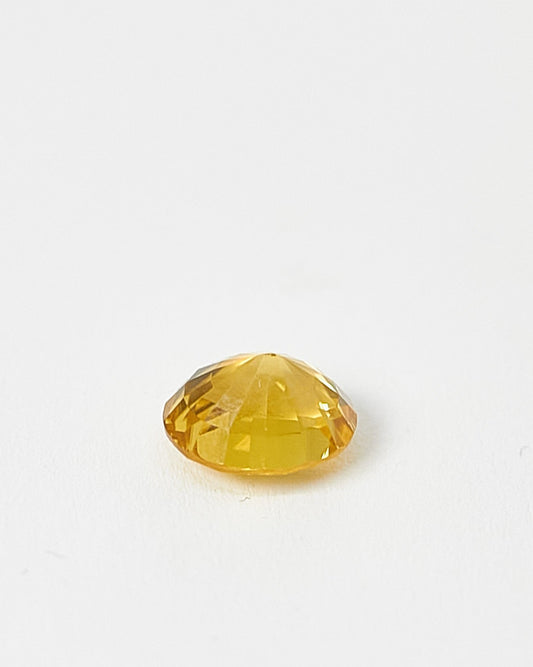Collection: Zircons
Zircon About
Zircon Meaning and Benefits
Zircon Prices
Zircon is a natural gemstone with a rich history, often mistaken for synthetic cubic zirconia, despite being an entirely different mineral. Zircon has been used in jewelry for thousands of years, with some of the oldest specimens dating back over 4 billion years, making it one of the oldest minerals on Earth. It is prized for its high brilliance, strong dispersion (fire), and wide range of colors, including blue, golden, red, and colorless varieties. Major sources of zircon include Sri Lanka, Cambodia, Myanmar, Australia, Tanzania, and Madagascar, with blue zircon from Cambodia being particularly valued. Although zircon is sometimes overlooked due to confusion with cubic zirconia, it remains a highly sought-after gemstone known for its natural beauty and historical significance.
Zircon has long been associated with clarity, wisdom, and spiritual protection in various cultures. In ancient times, it was believed to enhance mental focus, attract prosperity, and ward off negative energies. Many traditions regard zircon as a stone of grounding and balance, helping its wearer stay centered and connected to their true path.
In Vedic astrology, golden or yellow zircon is used as a substitute for yellow sapphire to strengthen Jupiter (Guru), while white zircon is associated with Venus (Shukra) as an alternative to diamonds. These astrological connections make zircon a powerful gemstone for energy alignment and planetary influence.
In Vedic astrology, golden or yellow zircon is used as a substitute for yellow sapphire to strengthen Jupiter (Guru), while white zircon is associated with Venus (Shukra) as an alternative to diamonds. These astrological connections make zircon a powerful gemstone for energy alignment and planetary influence.
The most valuable zircons are red hyacinth zircons, with prices starting at $200 per carat and reaching $500 per carat for stones with exceptional color and dispersion. Highly saturated zircons in vivid shades of orange, yellow, and brown range from $300 to $500 per carat, while standard zircons with less intense hues start at $100 per carat, going up to $200–$300 per carat, depending on brightness and optical properties. The stronger the color and dispersion, the higher the value.
-

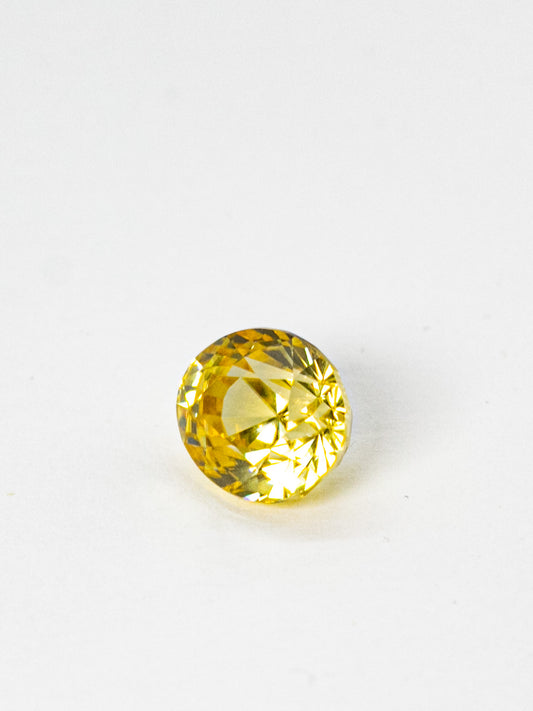 Sold out
Sold outYellow Zircon
Regular price CHF 240.00Regular priceUnit price / per -

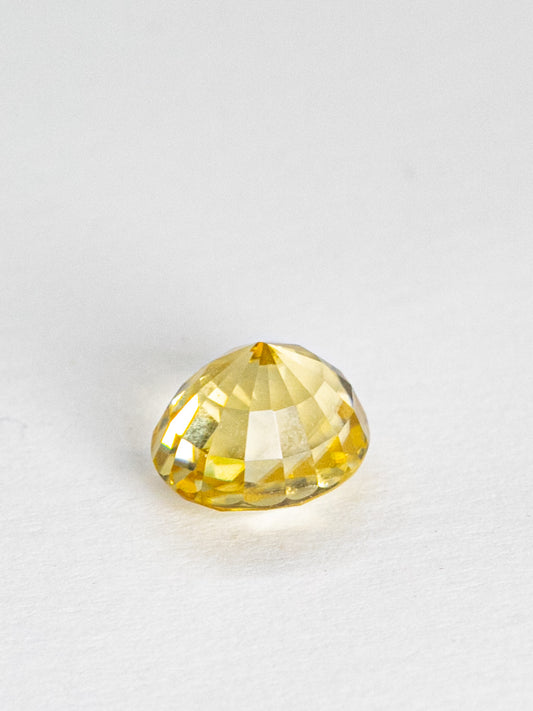 Sold out
Sold outYellow Zircon
Regular price CHF 250.00Regular priceUnit price / per -

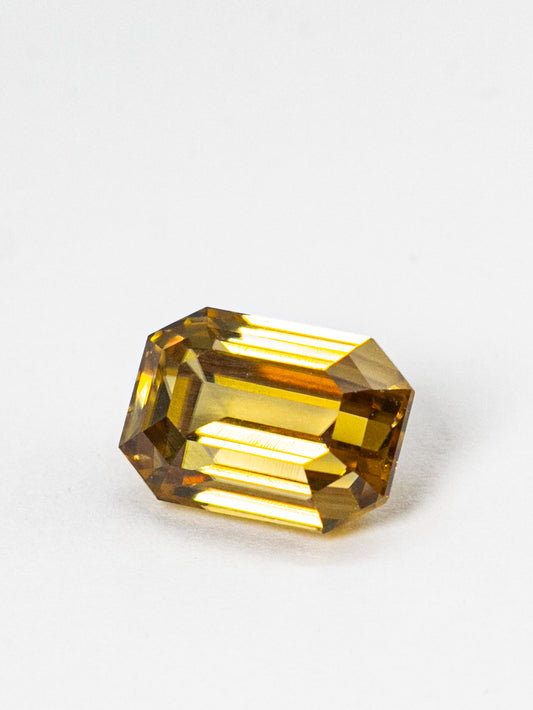 Sold out
Sold outHoney Zircon 8.66ct
8.66 ctRegular price CHF 560.00Regular priceUnit price / per -

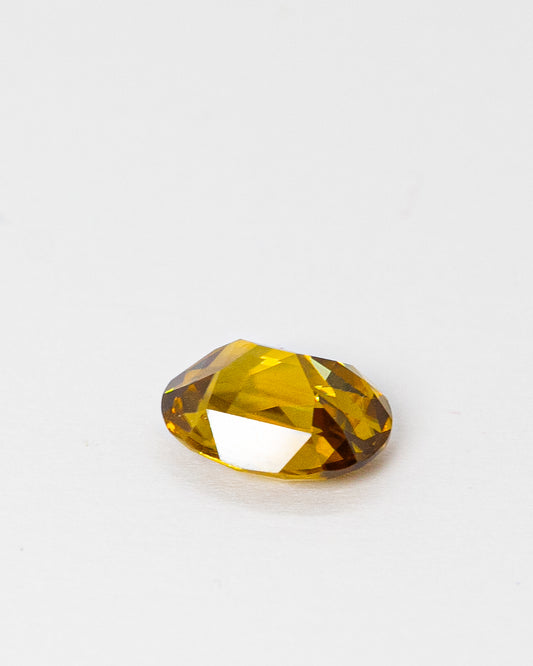 Sold out
Sold outGolden Zircone 5.95ct
5.95 ctRegular price CHF 790.00Regular priceUnit price / per -
Blue Zircone 3.25ct
3.25 ctRegular price CHF 325.00Regular priceUnit price / per -
Blue Zircone in Assher Cut 3.35ct
3.35 ctRegular price CHF 335.00Regular priceUnit price / per -
Blue Zircone 3.45ct
3.45 ctRegular price CHF 340.00Regular priceUnit price / per -
Blue Zircone 4.7ct
4.7 ctRegular price CHF 460.00Regular priceUnit price / per -
Pair of Blue Zircones 7.68ct
7.68 ctRegular price CHF 760.00Regular priceUnit price / per -
Yellow Oval Zircon 3.1ct
3.1 ctRegular price CHF 190.00Regular priceUnit price / per -
White oval Zircon 3.4ct
3.4 ctRegular price CHF 280.00Regular priceUnit price / per -
Green Milky Zircone
4.37 ctRegular price CHF 399.00Regular priceUnit price / per -
Green Zircone 5.15ct
5.15 ctRegular price CHF 480.00Regular priceUnit price / per -
Oval Gold Zircone 5.95ct
5.95 ctRegular price CHF 800.00Regular priceUnit price / per











